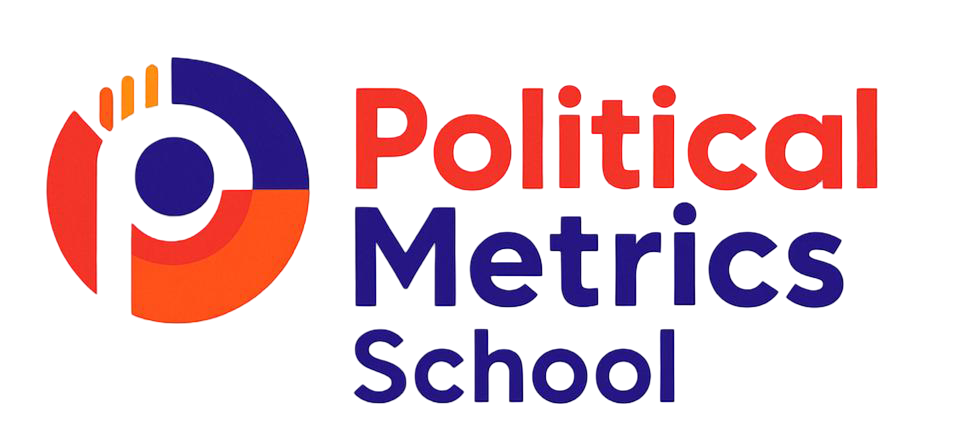A Simple Guide for Political Campaign Managers and Teams

Running a political campaign needs more than posters and speeches. Today, data matters a lot. It helps you understand your voters, your message, and your chances. This guide is a detailed checklist. It shows what analytics to track during a campaign. It uses easy words and real-world steps. It works for small and big elections.
✅ 1. Set Clear Campaign Goals
Start by deciding what you want to achieve. Without clear goals, data has no use. Think about:
-
How many votes you need to win.
-
How many new voters you want to reach.
-
How many people you want at each rally.
-
How many volunteers you need each week.
Write these goals down. Make them simple and easy to measure.
✅ 2. Understand Your Voter Base
Knowing your voters is the heart of your campaign. Use data to answer questions like:
-
Who are your voters? (Age, gender, location, job)
-
What problems do they care about?
-
Where do they get their news?
-
Are they active on social media or offline?
Break your audience into groups. Speak to each group in a way that makes sense to them.
✅ 3. Track Social Media Engagement
Social media shows what people feel in real time. Track:
-
Follower growth
-
Likes, shares, and comments
-
Reach and impressions
-
Reactions to different types of posts (images, videos, text)
Use Meta Insights, Twitter/X analytics, and YouTube Studio. Adjust your message based on what gets attention.
✅ 4. Track SMS and WhatsApp Campaign Analytics
Many voters don’t check email or follow social media. But they do check SMS and WhatsApp. These tools work well for local reach and direct updates. Use them for:
-
Event invites
-
Voting day reminders
-
Short updates or promises
-
Volunteer coordination
Track these key things:
-
Delivery rate: How many messages were sent successfully
-
Open rate (for WhatsApp): How many people opened the message
-
Click rate (if you share a link): How many people tapped it
-
Replies and feedback: What questions or support you get back
Use tools like WhatsApp Business and SMS campaign software. Also, keep lists updated to avoid wasting messages on wrong numbers.
Keep your texts short, local, and clear. Use simple language that feels personal.
✅ 5. Monitor Website Traffic
If you have a campaign website, it is a big part of your digital plan. Track:
-
Daily and weekly visitors
-
Most viewed pages
-
Bounce rate (how fast people leave)
-
Sign-ups or donation activity
Google Analytics can show all this for free. Improve what works, fix what doesn’t.
✅ 6. Watch Opponent Activity
Your competitors are also active. Keep an eye on them:
-
What topics they push
-
How often they speak in public
-
What kind of online content they post
-
How people respond to their ideas
This helps you plan smart replies and avoid repeating mistakes.
✅ 7. Use Polling Data
Polls help you see what voters think. Even small sample sizes can be helpful. Use:
-
WhatsApp polls
-
Social media polls
-
Phone or field surveys
Compare results week by week. Watch for changes after events or speeches.
✅ 8. Track Ground-Level Activities
Offline contact is still powerful. Track:
-
How many homes your team visits
-
Attendance at rallies
-
Questions voters ask
-
Support in each area
Use paper forms or mobile apps to collect this data. Know where you are strong — and where you are weak.
✅ 9. Measure Volunteer Performance
Volunteers are key to success. Track:
-
Number of active volunteers
-
Tasks they complete
-
Time spent in the field
-
Their feedback from people
Motivate them with simple goals. Celebrate small wins with your team.
✅ 10. Review and Adjust Your Strategy
Check your data every week. Ask simple questions:
-
What is going well?
-
What is not working?
-
What should we do more or less of?
-
Are we reaching enough people?
Data without action is useless. Use what you learn to keep improving.
🔄 Final Tip: Keep It Simple
You don’t need complex dashboards. You need smart questions and simple tools. Good analytics help you listen better, respond faster, and win smarter.




